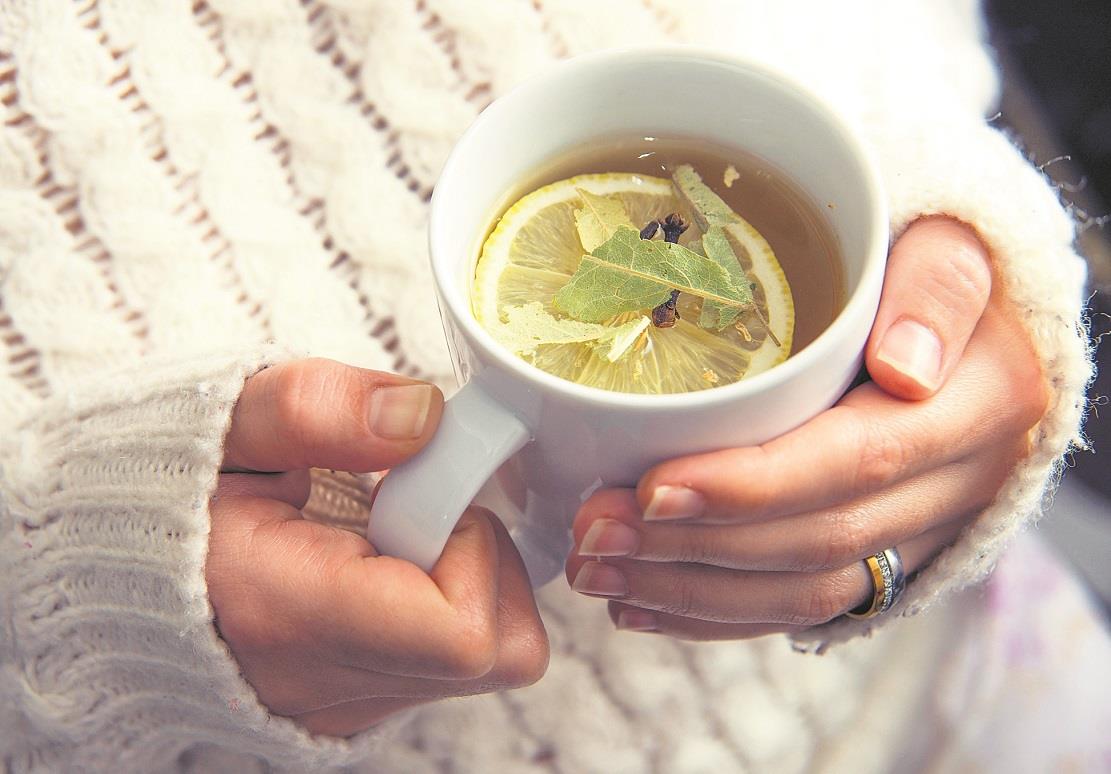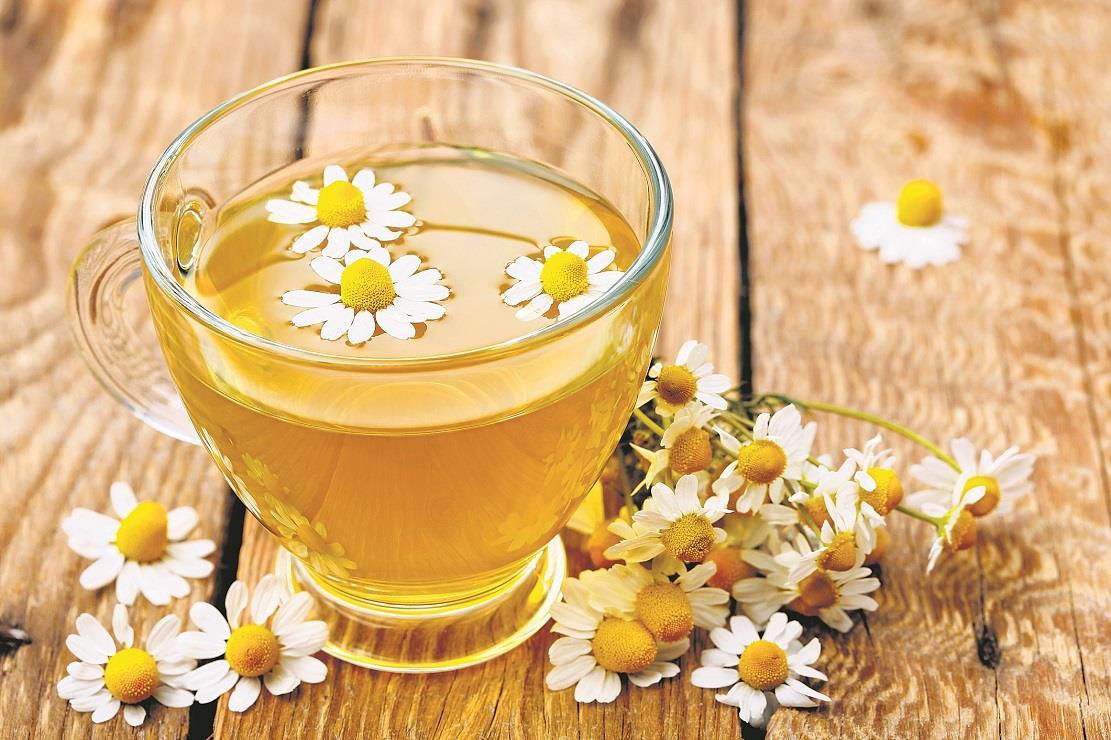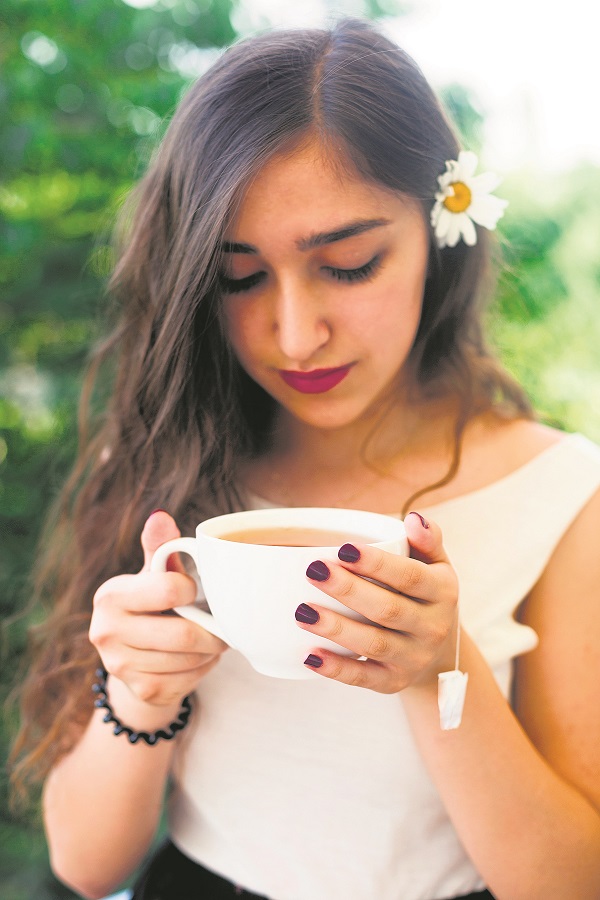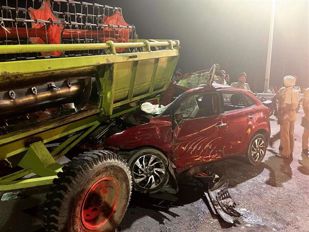
Kavita Kanan Chandra
Most of India wakes up to tea. The humble tea, however, has remained confined to homes and streets. While there has been a proliferation of coffee culture in the country, there hasn’t really been a cool place to have a tea drinking experience. Not any longer. The high caffeine attributed to coffee and carbonated drinks has seen the health-conscious millennials turning to the good old tea, which has emerged as a flavourful wellness drink in its various permutations and combinations. The tea has finally got its rightful place in a traditionally tea-drinking nation, which is the second largest tea producer in the world after China. The Goldstein Research analyst forecast has predicted that the Indian tea industry is likely to reach $1billion by 2025.

No wonder then that the demand for tea among the youth-driven corporate and IT sector in Bengaluru has seen a boom in tea bars, lounges, tea rooms and emerging tea chains. Slowly and steadily, the demand for tea has been expanding across India with tea rooms that have stylish sophisticated settings to vibrant quirky ones. These tea joints have bridged the gap between home and street. Most high-end brands also have kiosks and lounges that offer a leisurely cuppa or tea on the go.
The trending of tea has also resulted in the rise of tea tasting workshops, customising your cuppa and tea pairing where you are assisted in pairing of right snacks and desserts.
The curated premium teas and hand-crafted blends by artisanal tea companies have also grown in the past decade, thanks to the discerning customers on online retailing. Who would have thought that bubble tea, matcha tea or even exquisite silver needle tea would be in demand here? With fermented tea like Kombucha or even Pu-erh tea from China making its way, tea is indeed brewing a storm in the cup. Here’s a look at the many varieties of tea people are waking up to:
The different variants
There are several emerging premium artisanal teas in India. They sell their teas as an alternative healthier lifestyle drink that promises to detox, aid digestion, hydrate the body, help in getting you a glowing skin, calm the mind and relax the body.
Heard of orange spice matcha or acai berry matcha? Matcha is the purest form of green tea with high nutritional content.
Do you remember sipping tea to keep yourself awake while preparing for your examinations. Now there are varieties of tea, which do just the opposite as these have a calming and sleep-inducing effect. Choose from single or blended mix of chamomile, rose, moringa or peppermint. Why only the fruity mocktails have a nice ring to their names? Mint mojito, fennel green, rose turmeric or moringa peppermint; blended tea is classy too.

Herbal tea gets a facelift
It tastes spicy, flowery or fruity. Well, it is not even a tea in the strictest sense for it doesn’t have leaves of camellia sinensis. That’s herbal tea for you. The caffeine-free herbal concoctions are created with aromatic flowers, fruits and premium herbs. Herbs like ashwagandha, tulsi, brahmi and ginseng are used. Most common flowers are hibiscus, rose, marigold and rhododendron, lavender. Fruits like peach, apple, pomegranate and orange are used to infuse their flavours in the tea.
The cold brews
This rage promises healthier beverage as cold brew extracts lesser tannins than hot brew. It incorporates fusion of herbs, spices and flowers having subtle flavours. Several blends are created mixing finest of Darjeeling and Assam tea with chamomile, jasmine, honey, lemon, basil, vanilla, mangoes and berries among others.
Infused coolers
Another trend in the market is the infused tea coolers. These are like flavoured water with a hint of tea and fruity or spicy flavours to hydrate and refresh. The idea is to keep a sachet of green tea infused or blended with fruits or spices into a jar of water and ice added. As you sip the apple cinnamon, mango lychee, lemongrass ginger, peach or orange infused tea, the antioxidants release slowly making it a mild tea that is tastier than just plain water.

A bubble twist
Another interesting variety that is catching the fancy of tea drinkers is the boba or bubble tea, also known as tapioca tea, which is available in various cafes. The variety, which was invented in Taiwan in the 1980s, comes in fruity flavours in milk, tea and sugar. It has toppings consisting of chewy tapioca balls, fruit jelly or sago that appear as bubbles and add zing to your drink.
Since geography matters
Every region has a grandmother’s recipe. There’s Manipur’s antioxidant rich hei-mang red tea (Chinese sumac) and vitamin C rich roselle tea. Indigenous spices, herbs and flowers from the Northeast are used in tea lending it many health benefits.
Ladakhis and Tibetans in high Himalayas ward off the bitter cold with the salty butter tea known as gur-gur chai for Ladakhis or Po-cha for Tibetans or Thang in Kinnaur and Spiti in Himachal; the tea is made with yak butter. In Thar desert region, camel milk is used in tea.
In North India, homemade herbal tea keeps the cold away. It has any one or combination of ingredients like ginger, cardamom, cloves, jaggery, saunf (fennel), tulsi and mint in combination with tea leaves and water. Milk is optional.
The Gujaratis, however, like their milky masala tea and the Parsis love milk tea, seeped with lemongrass and mint leaves.

Milk tea is popular in Mumbai as cutting chai that is half filled in small glasses and the Irani chai is sweet milky tea. Accompanied with brun maska (white bun slathered with butter), it evokes nostalgia reminiscing aroma from the centuries-old, now disappearing, Irani cafes and bakeries.
Best served without milk
The muscatel flavour of Darjeeling tea is so delicate that its nuanced flavour is to be savoured in black tea, and not masked with anything. People of West Bengal like their tea tangy with a squeeze of lemon, rock salt and sugar. The nimbu chai is also popular in Bihar but it is sweet lemon tea.
Buransh ki chai or dried rhododendron tea, common in Himachal Pradesh and Uttarakhand, is a blend of organic black orthodox tea and dried rhododendron petals. Having anti-inflammatory powers, it is believed to cure aches and pain.
If Kashmir’s beauty has inspired much poetry, its fragrant green tea “kahwa” is said to boost the immune system. Traditionally brewed in copper samovar, infused with aromatic flavours of almonds, cardamom, cinnamon and cloves, it is served with slivers of almond.
Visit any local Khasi family in Meghalaya, and chances are you would be welcomed with a cup of ‘shasaw,’ tea red tea without milk. Even people in Assam like their ‘lal cha’ (red tea) made of robust Assam tea.
Gardens of flavour
Think tea, and Darjeeling, Assam and Nilgiris instantly come to the mind. Then Munnar, Kangra, Dooars and Sikkim are there. You can’t miss Sikkim’s certified 100 per cent organic Temi Tea. The golden yellow brew is light, flowery and delicate in flavour.
Meghalaya, too, is emerging as the new tea estate stronghold. The organic tea produced in Sohryngkham and Mawlyngot villages in Khasi hill districts has been compared to Darjeeling tea. With 25,000 acres of chai bagans, Kishanganj in Bihar has also been brewing its own tea since 1991.
The latest addition is the olive tea in Rajasthan. From Israel to Thar desert in Rajasthan, olive plantations are being grown with Israeli technology. Olive leaves are used to make antioxidant rich olive tea.
 Innovations aplenty
Innovations aplenty
Here are some interesting innvations that are gaining popularity.
Tandoori chai: Its smoky flavour is frothing and sizzling in kulhads.
Chocolate tea: It is a blend of cocoa powder, black tea and milk.
Hajmola tea: The lemon tea with crushed ‘hajmola’, cumin powder and mint.
Tea with blooming flowers: When green tea is tied with natural unfurled flowers and seeped in hot water, the flowers unfold and bloom as you sip.
Understanding the tea
At various tea boutiques and tea bars that are opening up, one can find neatly arranged stacks of tea, lifting aroma and, even tea sommelier, who would assist visitors to brewing different blends of tea. If you insist, they would also tell you the difference in the way black, white, green and oolong are made from the leaves of camellia sinensis; Then comes the tea paraphernalia. Classy and decorative, carved and hand-painted teacups-saucers to tea infusers can make a statement in your home. From silver, finely carved porcelain, bone china, ceramic, steel, glass, cast iron and earthen kulhads are available. Tea strainers, kettles and infusers, tea jars, tea chests and embroidered silk sachets, and eco-friendly tea bags.
Topping the price chart
From the good old inexpensive chai to premium white tea, a huge range of drinks are available in the market. Here’s a look:
The highly priced premium white tea is high in antioxidants. It is the least processed tea with a subtle and delicate flavour, manufactured from tea buds and unfurled new leaves of tea plant. Some of the brands offering it are:
- The brand Teabox Rs 1,80,000/kg premium white tea is the costliest in the world.
- The Golden Tips Darjeeling white tea (First Flush 2019) is Rs 3300/40 grams
- Darjeeling tea (depends on first, second or autumn flush)
- The tea estate Castleton Muscatel Darjeeling tea has fetched highest price at tea auctions since a long time.
- The Makaibari tea estate Silver tips Imperial handmade semi-fermented oolong tea (plucked only on full moon days and night) Rs 1,750/50 gram.
- Easily available Lipton Darjeeling tea (Rs 900/500gm) is available online and at retail stores throughout India.
- Matcha Green tea of Japan, which is now available in India, are also costly
- The Teabox Pure Matcha Green tea costs Rs 799/30 gm
- The Golden Tips Japanese Matcha Green Tea Rs 1345/150 grams
- Tea blends like Ivory Geranium white tea blend and rose mist tea per 100 gm cost Rs 3999 and Rs 3449 /(teabox).
Cuppa for all
- Assam CTC (crush, tear, curl) tea is the cheapest.
- Brooke Bond Red Label tea, which is available in retail stores across the country, costs Rs 40/100gm.
- Tata Tea Agni leaf tea Rs 200/kg.
Join Whatsapp Channel of The Tribune for latest updates.



























